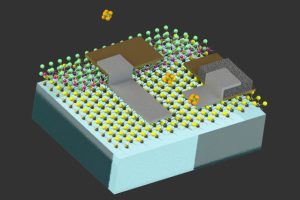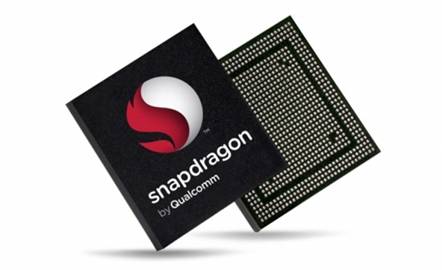What is a power transformer
Power transformer is a kind of soft magnetic electromagnetic element, whose function is power transmission, voltage conversion and insulation isolation.According to the size of the transmitted power, the power transformer can be divided into several grades: high power above 10kVA, medium power between 10kVA and 0.5kva, small power between 0.5kva and 25VA, and small power below 25VA.Different transmission power, the design of the power transformer is not the same, should be self-evident.

The function of power transformer
For transformers, it is actually a device that can convert voltage.We also call it a power transformer.But the switch power transformer is different from other transformers in that it has one more switch tube than the ordinary transformer.This creates a self-excited blocking oscillator, which is able to adjust the input dc voltage to high-frequency pulse voltage and then output.
In addition to the above functions, this product has a more important function, which is the transfer and conversion of energy.Generally, in flyback circuit, when we turn on the switch tube, the corresponding transformer will convert electric energy into magnetic field and carry out storage processing.When we disconnect the switch, the magnetic field, in turn, is converted into electrical energy.
Power transformer is often used in some electronic products, its principle is simple but according to different use situation (different purpose) the transformer winding process will have different requirements.Although it is only one kind of transformer, but it is a transformer widely used in daily life. This transformer can be divided into four categories according to its purpose.
1. Step-down transformer: step-down transformer is a transformer that converts high voltage into low voltage at the input end.
Step-up transformer: step-up transformer is a transformer that converts a low value alternating voltage into another high value alternating voltage of the same frequency.
3, isolation transformer: from the literal can be understood, the voltage for the separation, in the application is the strong or weak electricity for isolation.
4, multi-winding transformer: multi-winding transformer has a number of independent secondary windings, the secondary voltage is not the same, can be lower than the primary voltage, can also be equal to or higher than the primary voltage.

Selection principle of power transformer for frequency converter
(1) purpose of selection.If the grid voltage is not the number grade required for a frequency converter, the high voltage supply can be converted to the voltage grade required for a universal frequency converter using a power transformer.
Even if the grid voltage is the quantity grade required by the converter, in order to reduce the influence of the converter on the grid, the power can be isolated by a transformer, and the input voltage and output voltage of the isolating transformer are the same.
(2) power transformer capacity determination method.The input current of the frequency converter contains a certain amount of high-order harmonics, which reduces the power factor of the power supply side. If the operation efficiency of the frequency converter is taken into consideration, the capacity of the transformer is usually considered as follows:
Transformer capacity (kV·A) = (converter output power/converter input power factor) converter efficiency
Where, the power factor of frequency converter is 0.8-0.85 when there is input ac reactor AL, and 0.6-0.8 when there is no input reactor AL.Frequency converter efficiency can be 0.95;The output power of the frequency converter shall be the total power of the connected motor.

 Englisch
Englisch  Chinesisch
Chinesisch  Deutsch
Deutsch  Koreanisch
Koreanisch  Japanisch
Japanisch  Farsi
Farsi  Portuguese
Portuguese  Russian
Russian  Spanisch
Spanisch 





